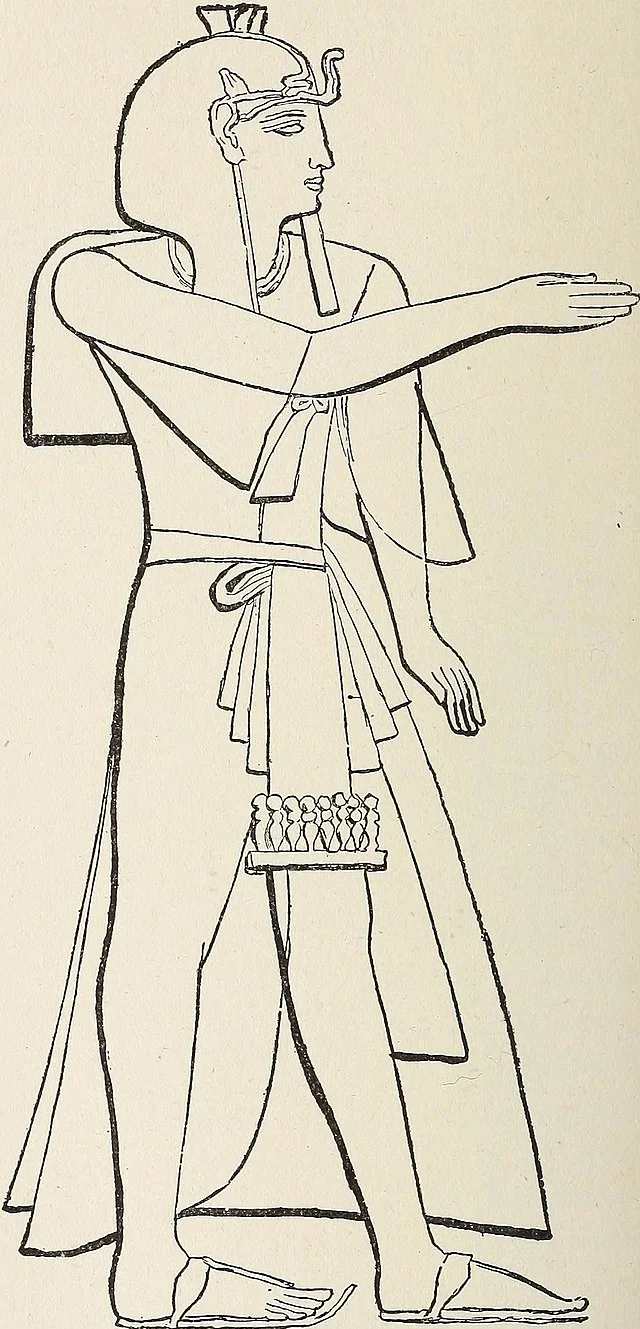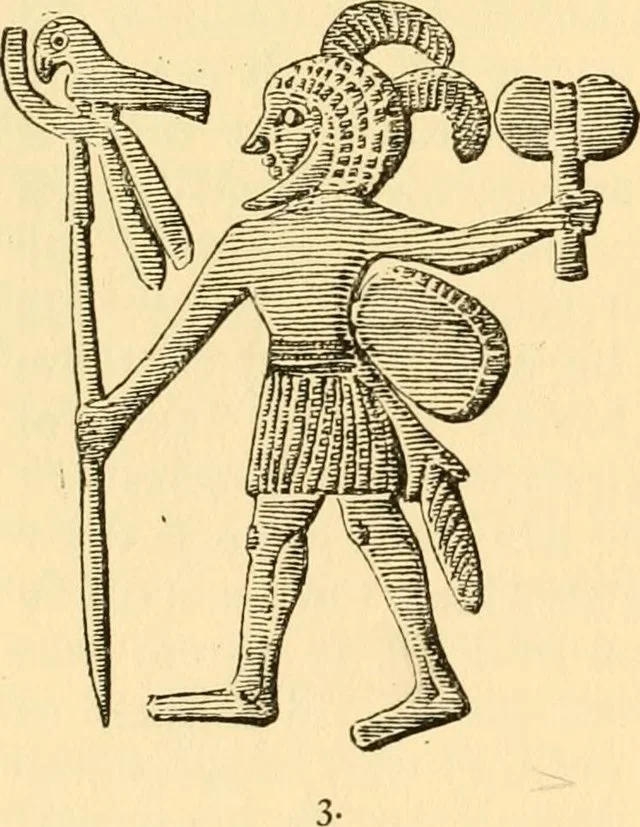The Book of the Dead is an ancient Egyptian funerary text that helped the dead navigate the afterlife. It is not a single book but a collection of magical spells written on papyrus. These texts evolved over centuries, reflecting the religious beliefs and practices of different periods in Egyptian history.
Get your dose of History via Email
Origins and Development

The Book of the Dead has roots in earlier Egyptian funerary literature. The Pyramid Texts, dating to around 2400 BC, were inscribed on the walls of royal pyramids. These texts contained spells to protect the pharaohs in the afterlife. Later, the Coffin Texts (c. 2100 BC) extended these spells to the elite. Eventually, during the New Kingdom period (c. 1550–1070 BC), these texts were compiled into what we now call the Book of the Dead.
Purpose of the Book

The Book of the Dead was created to guide the deceased through the afterlife, a complex journey filled with dangers. Egyptians believed that the afterlife mirrored earthly life, but it required careful preparation. The spells in the Book of the Dead helped the deceased overcome obstacles, pass through gates guarded by fierce deities, and ultimately achieve eternal life in the Field of Reeds—a heavenly paradise.
The most famous section is the “Weighing of the Heart,” where the deceased’s heart was weighed against the feather of Maat, the goddess of truth. If the heart was lighter or equal, the soul was granted eternal life. If not, it would be devoured by the monster Ammit.
Manuscripts and Variations

The Book of the Dead was not a fixed text. Each version could differ, depending on the scribe, the period, and the wealth of the person commissioning it. Some copies included only a few spells, while others were extensive, containing over 190 spells. Wealthier individuals often commissioned illustrated versions, with beautiful vignettes depicting scenes from the underworld.
The Discovery and Legacy

European scholars first became aware of the Book of the Dead in the 19th century when Napoleon’s campaign in Egypt sparked interest in ancient Egyptian culture. Papyrus scrolls were discovered in tombs and brought back to European museums. One of the most famous examples is the Papyrus of Ani, now housed in the British Museum, which contains an illustrated and comprehensive version of the text.
Misconceptions
The term “Book of the Dead” is misleading. The ancient Egyptians never referred to it this way. The modern name was given by early Egyptologists, who believed the text was similar to religious books in other cultures. The Egyptians referred to it as the Book of Coming Forth by Day, emphasizing the idea of rebirth rather than death.
Conclusion
The Book of the Dead remains one of the most significant discoveries in understanding ancient Egyptian beliefs about death and the afterlife. It shows the Egyptians’ deep spiritual concerns and their belief in life beyond death.
Source:

